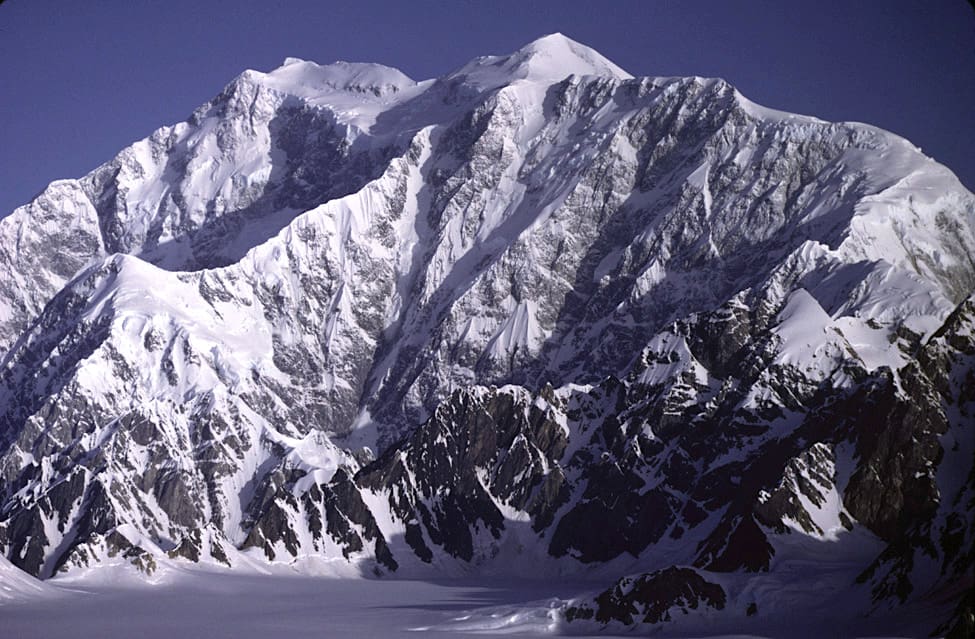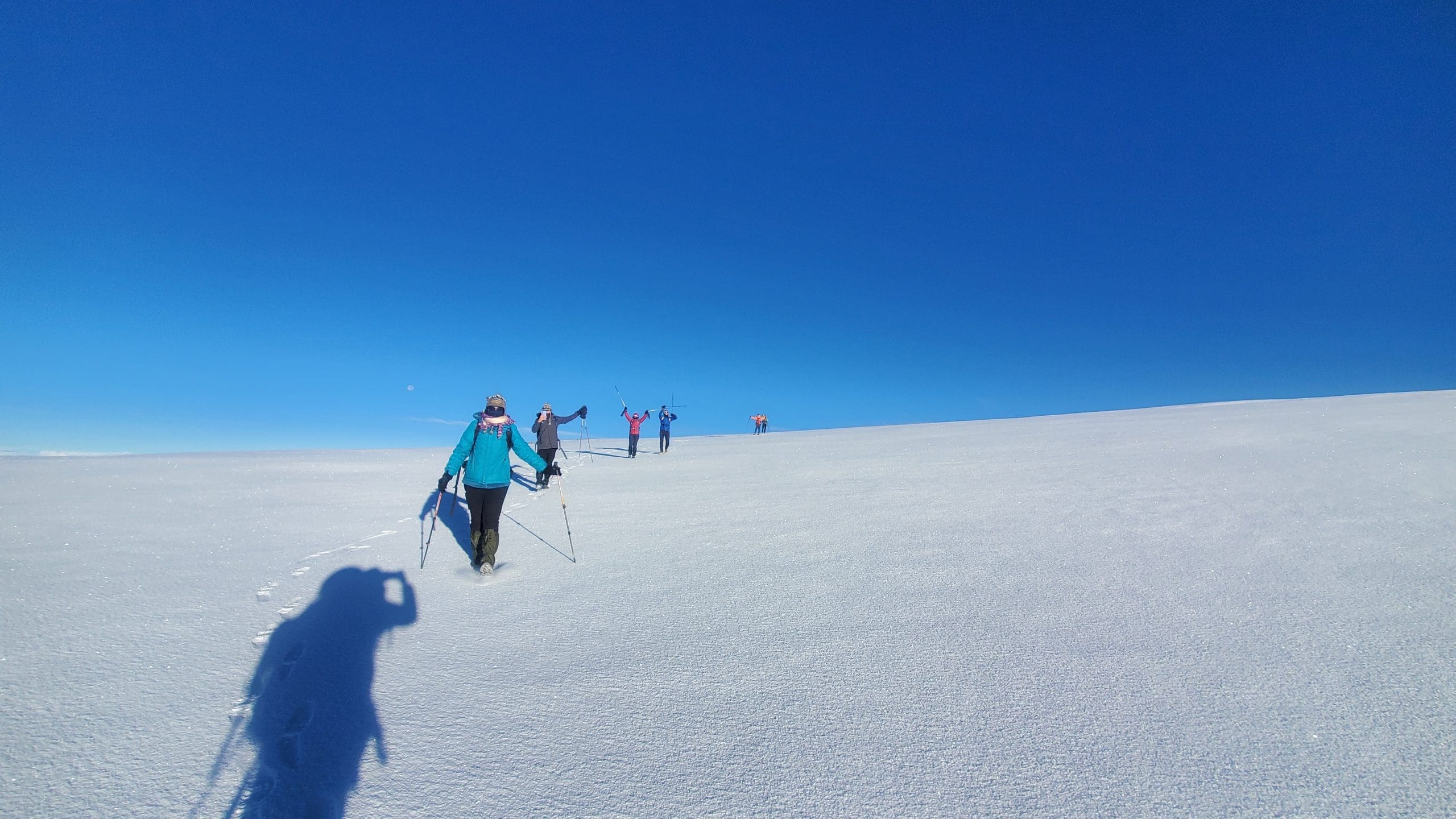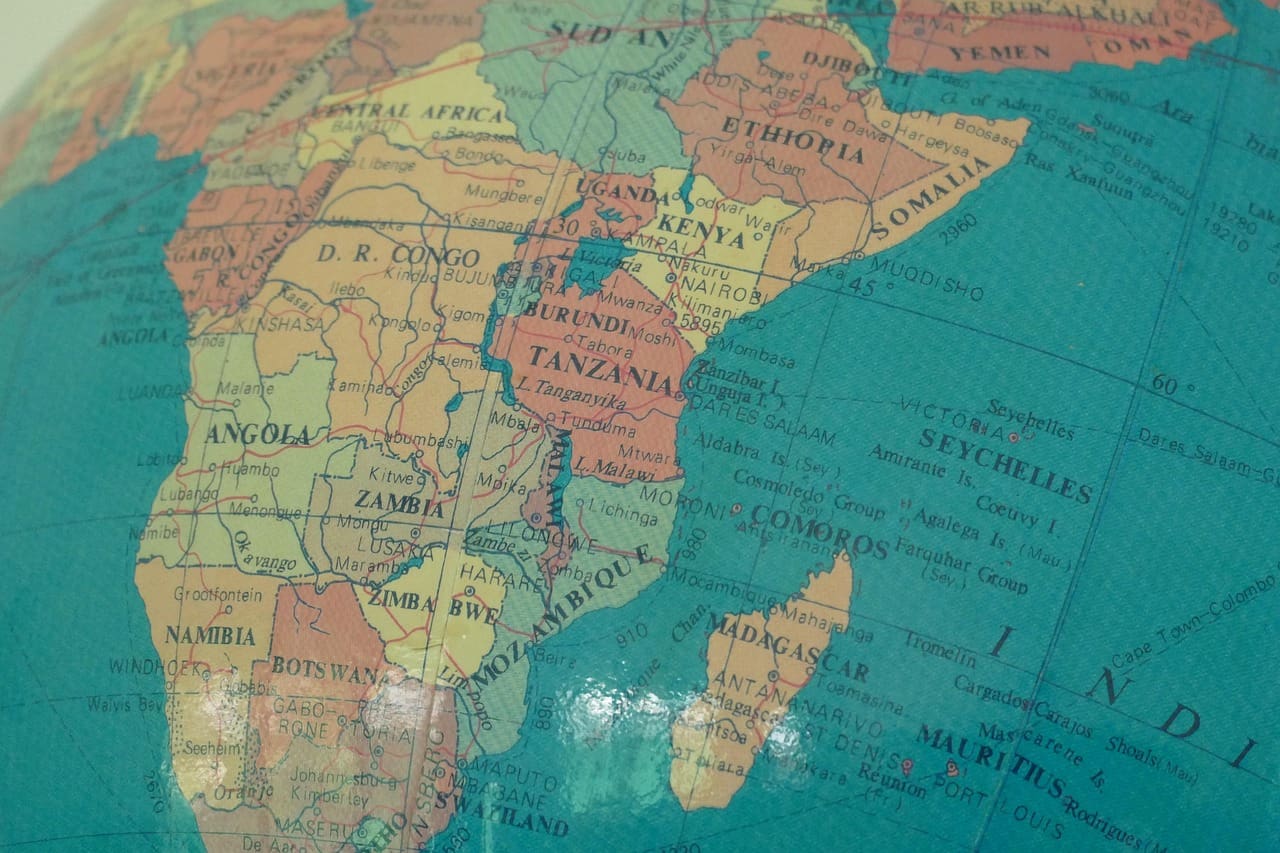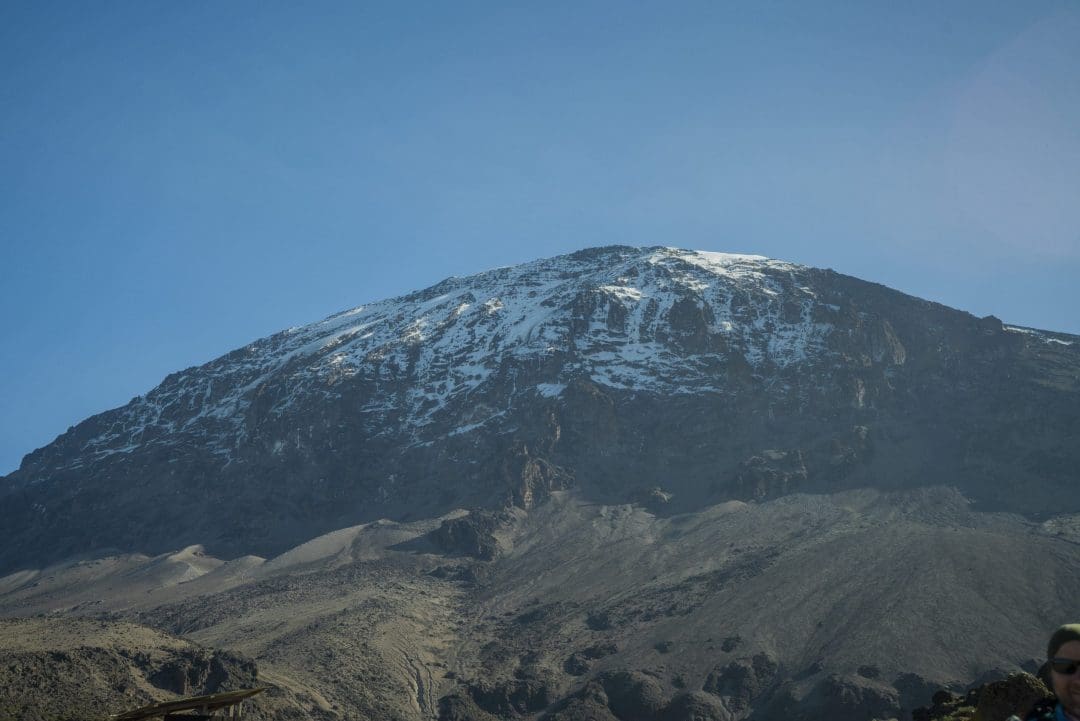Canada is a country renowned for its stunning scenery and diverse natural attractions. Mountains are not an exception. Spanning several miles, these peaks are not merely landmarks; they are symbols of the power of nature that has carved the planet over millions of years. The fantastic thing about the tallest mountains in Canada is that they belong to the same mountain range, the Saint Elias Mountain Range!
You may be an adventurer wanting to find your next challenge, a hiker in search of inspiration, or just a nature enthusiast who loves the beauty of grand mountains. You should know about these landmarks. Which mountain has the highest peak in Canada, and what makes it so special?
1. Mount Logan
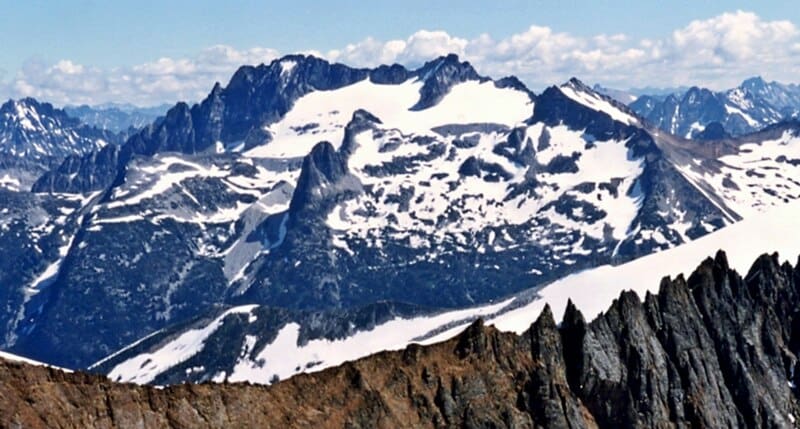
This mountain holds the reputation of being the tallest in Canada. It is a peak that towers at an astonishing 5,959 meters (19,551 feet). It is located in the remote Saint Elias Mountains in southwestern Yukon, near the border with Alaska. Mount Logan commands respect from mountaineers worldwide. Not only is it impressive in height, but it is also one of the largest circumferences of the base of any mountain on the planet. This makes it a gigantic geological formation.
This magnificent rock formation is named after Sir William Logan, a pioneering Canadian geologist. He was the founder of the Geological Survey of Canada and successfully climbed in May and June 1925. Vast icefields and glaciers surround it. With extreme weather conditions and remote accessibility, climbing Mount Logan is a serious endeavour that only experienced climbers should attempt.
For those who reach the top, it is an unparalleled feeling of accomplishment and views that span two countries. Climbers should be prepared to face low temperatures below zero, navigate through crevasses, and endure high-altitude conditions; thus, acclimatisation and expedition planning are crucial.
2. Mount Saint Elias
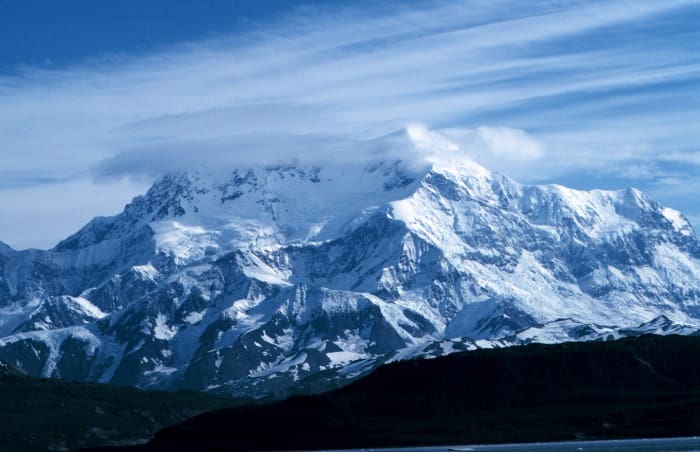
At 5,489 meters (18,009 feet), Mount Saint Elias stands as the second-highest peak in Canada and one of the most dramatic mountains in North America. It lies on the Alaska-Yukon border and is famous for its unbelievable vertical relief, which increases straight out of the sea to its top in only 16 kilometres (10 miles).
It was first discovered by Europeans in 1741 and has become a symbol of the Canadian and Alaskan scenery. It is close to the Gulf of Alaska. You will be exposed to unstable weather patterns during the climb. Its elevation and icy slopes require technical skills and love for nature. It has inspired many climbers and artists alike, earning a place in mountaineering lore.
3. Mount Lucania
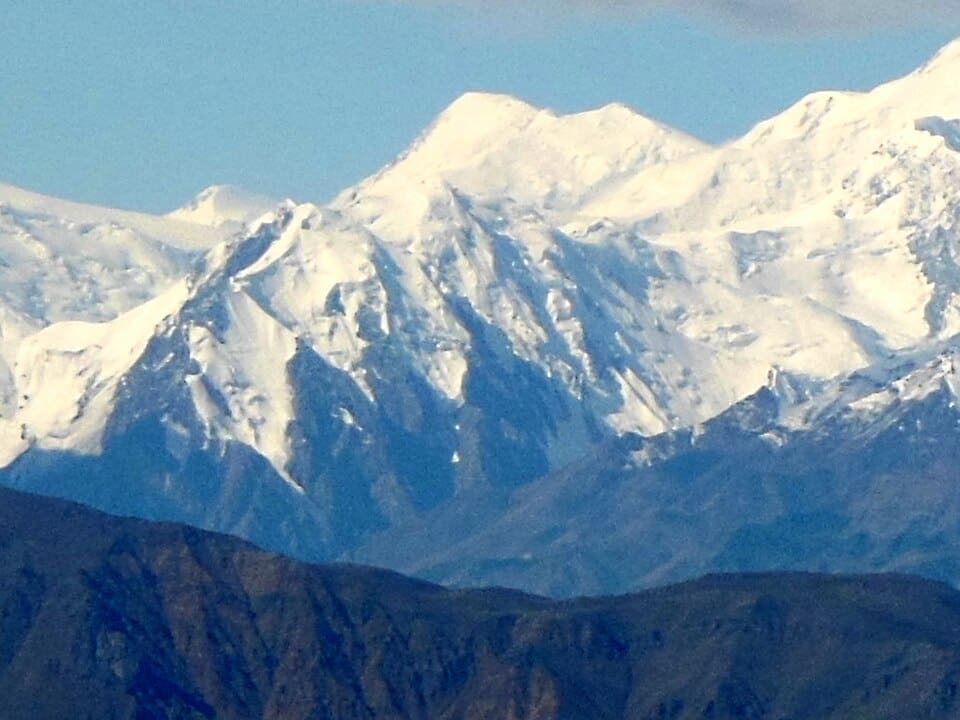
Standing at 5,226 meters (17,146 feet), it is the third-tallest mountain in Canada and another jewel of the Saint Elias Mountains. It was first summited in 1937 during an expedition led by Albert MacCarthy. Lucania is a technical area that is isolated and characterised by harsh weather conditions.
Massive glaciers, icy ridges, and hidden crevasses are the characteristics of Mount Lucania, and they increase the risk of the climb. It also comprises the largest non-polar icefield in the world, the Kluane Icefields, with its bleak and beautiful frozen wilderness.
4. King Peak
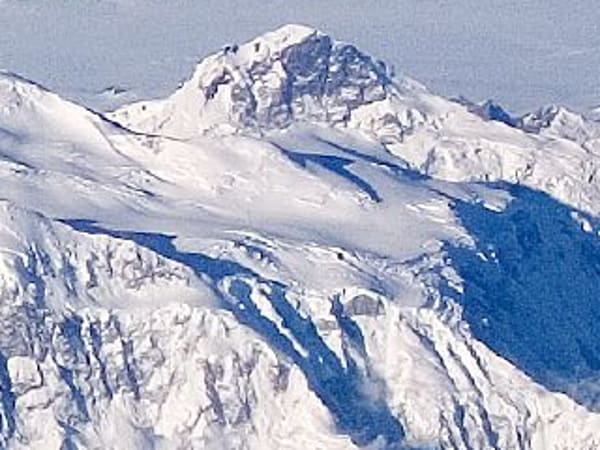
At 5,173 meters (16,972 feet), King Peak is situated close to Mount Logan and is affectionately known as Logan’s little brother. Although it is often nicknamed, it is not small. It is a technical climb with steep ridges and ice faces, and thus a prize among the advanced alpinists.
The peak belongs to a distant and rugged land, which implies that access to it must be planned very carefully, typically using bush planes and glacier landings. King Peak is a relatively isolated mountain with few climbers each year.
5. Mount Steele

Rising to 5,073 meters (16,644 feet), Mount Steele is one of the lesser-known giants of the Saint Elias range. Its first ascent in 1935 was a landmark achievement for Canadian mountaineering. Even nowadays, it is isolated. Few people climb it. It offers privacy and adventure to those who are prepared to brave its icy sides.
Climbing Mount Steele involves navigating large ice fields and enduring the harsh weather conditions. Climbers are treated to panoramic scenery of an untouched wilderness that few humans have explored.
6, Mount Wood
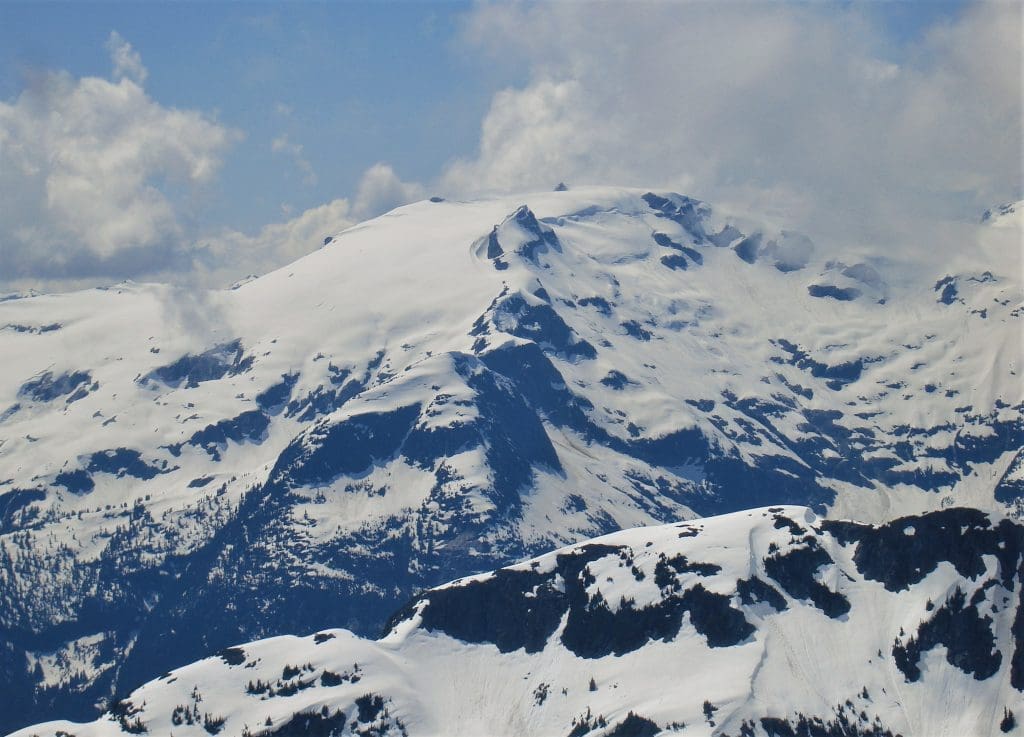
At 4,842 meters (15,886 feet), Mount Wood is a prominent feature of the Saint Elias Mountains. It was first climbed in 1941 and provides adventurous climbers with an authentic wilderness experience. It features rough glaciers and minimal human activity, making it ideal for those who want to go off the beaten track.
It is inaccessible, so climbers will find themselves alone with no one around but only mountains and ice. There are wildlife encounters, such as mountain goats and grizzlies, in lower altitudes. This is one of the things that makes the adventure so special.
7. Mount Vancouver

Mount Vancouver, rising to 4,812 meters (15,787 feet), straddles the Yukon-Alaska border. It is named after the friendship between Canada and the United States. It offers a spectacular view to climbers and presents a challenging climb.
It has several peaks, including Good Neighbour Peak, which represents international unity. It has rugged ridges and harsh weather, which makes it only suitable for very experienced climbers.
8. Mount Slaggard
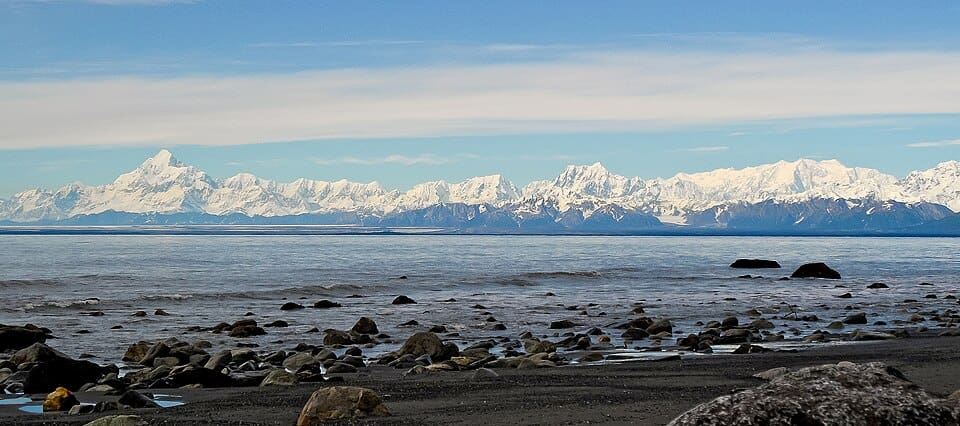
At 4,742 meters (15,558 feet), Mount Slaggard is part of the Saint Elias range and is known for its isolation and quiet splendour. It is not as popular for climbing, which makes it an ideal choice for those who want to experience the ultimate wilderness.
The route is lengthy and strenuous, and it may involve glacier travel and crossing crevasses. To the adventurous, the payoff is a clean environment free of mass tourism.
9. Mount Fairweather
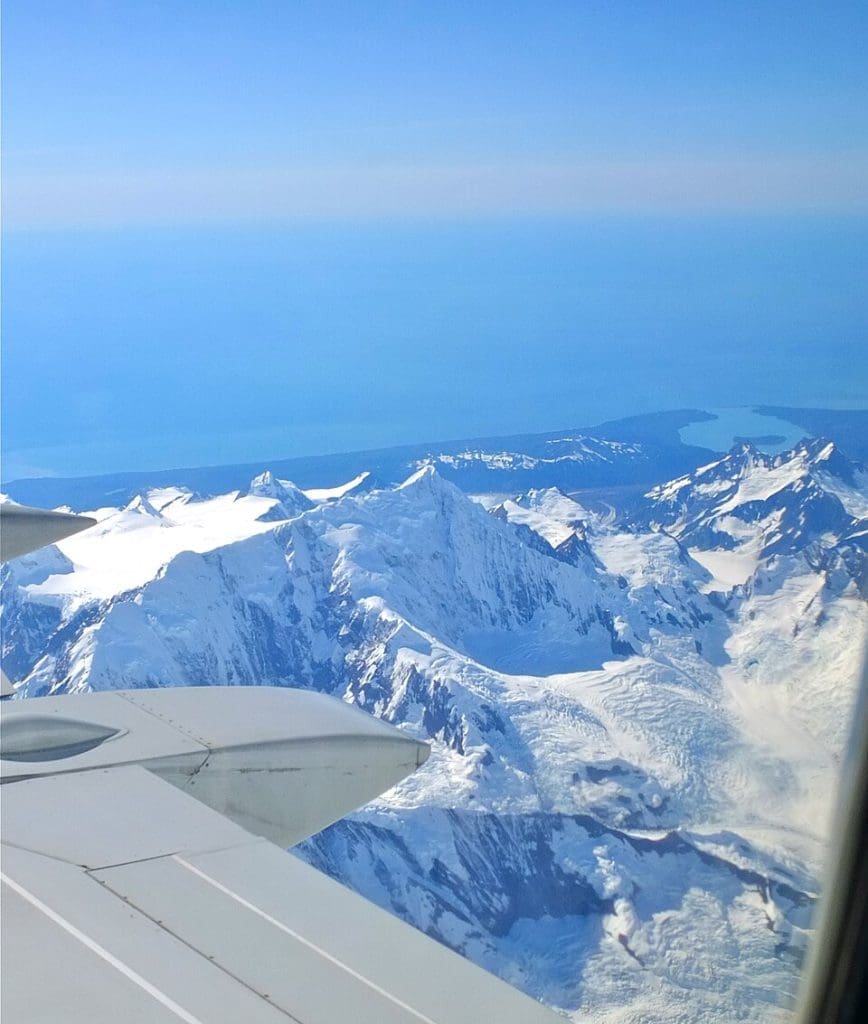
The mountains of Mount Fairweather, however, are infamous in terms of weather patterns. Standing at 4,671 meters (15,325 feet) along the British Columbia and Alaska border, it is one of the most picturesque peaks in North America. Its sharp ascent out of the Pacific Ocean to the top is impressive.
The climb is technically challenging due to the steepness of the snow slopes and the potential for storms to develop from the ocean. On clear days, the scene at Mount Fairweather includes glaciers, forests, and the Pacific coast.
10. Mount Hubbard
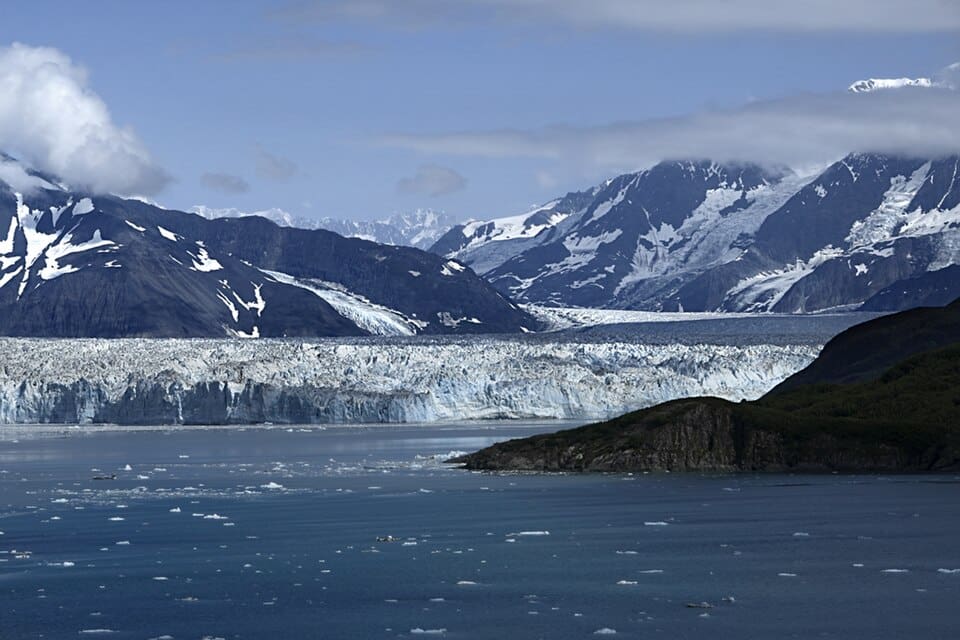
At 4,557 meters (14,951 feet), Mount Hubbard is striking and is characterised by steep faces and challenging climbs. It stands as a bridge between two nations. Parts of Mount Hubbard are located in Wrangell-Saint Elias. St. Elias National Park and Preserve (US). The other part is located in Kluane National Park and Reserve (Canada). Its dramatic presence in the Saint Elias Mountains makes it a favourite among experienced climbers seeking technical climbs.
It was named after the founder of the National Geographic Society, Gardiner G. Hubbard, in 1890 by Israel Russell. It features towering icefalls and huge cornices. Its western side requires careful planning and technical ice-climbing skills. The eastern side is not as technical, although it takes a longer route to reach the summit.
11. Mount Alverstone
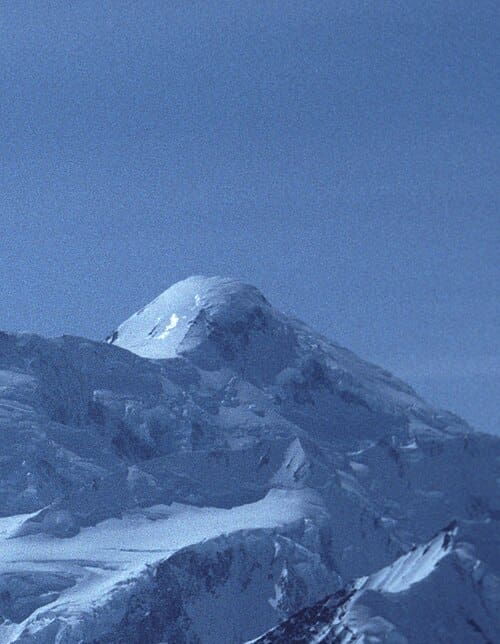
Mount Alverstone is also known as Boundary Peak 180. It rises to 4,420 meters (14,505 feet) and lies directly on the Yukon-Alaska border. It offers both beauty and challenge to climbers, with jagged ridges and ice fields. It was named after Lord Richard Everard Webster Alverstone in 1908.
Mount Alverstone shares boundaries with Mount Hubbard and Mount Kennedy. It was first climbed in 1951 by Walter Wood, Peter Wood, Robert Bates, and Nicholas Clifford. It is not as well-known as its taller neighbours, but Alverstone is a very satisfying ascent with views to die for of the other peaks and glaciers.
12. Mount Robson
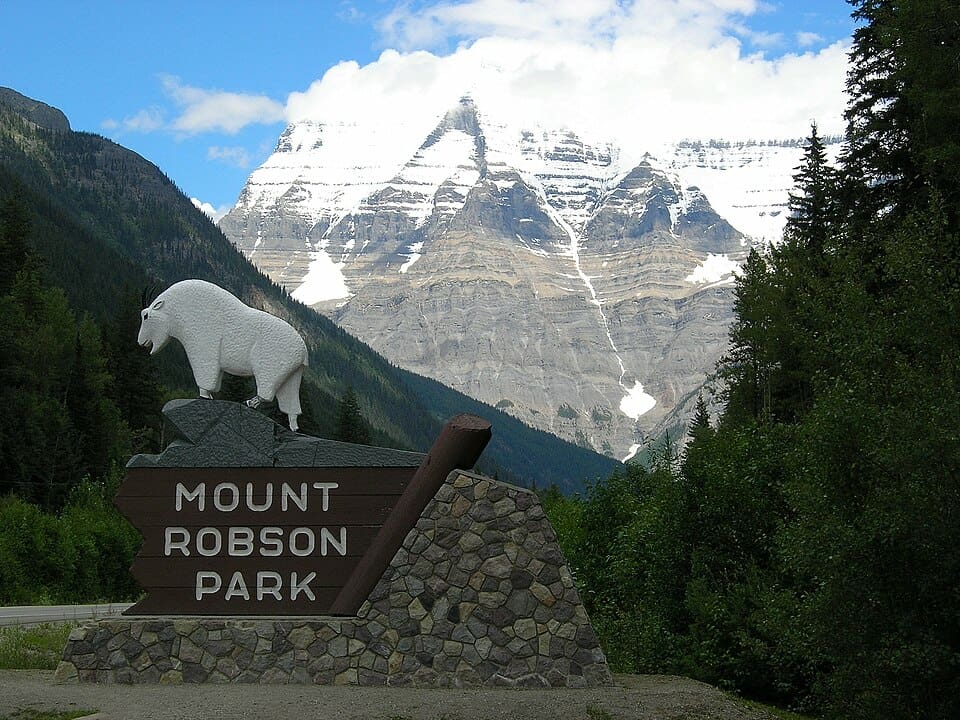
In the heart of the Canadian Rockies, Mount Robson soars to 3,954 meters (12,972 feet). It is the highest peak in Mount Robson Provincial Park and all of British Columbia. Unlike the icy Saint Elias peaks, it is more accessible and features lush valleys and towering cliffs.
It is well known for its steep vertical relief, which exceeds 3,000 meters (9,800 feet) from its base. Trails such as the Berg Lake Trail enable hikers to experience the grandeur of Mount Robson up close, making it a popular destination for both trekkers and climbers.
Why Canada's Mountains Are So Special
Canada’s mountains are not only defined by their height. They represent history and the cultural values of the people. From the icy wilderness of Yukon to the lush forests of British Columbia, these peaks attract adventurers, photographers, and scientists from across the globe.
If these breathtaking mountains give you the travel bug, then you may want to visit other famous mountains across the world as well. Discover more about the oldest mountains in the world, the highest peak in South America, and the tallest mountains in the continental United States to plan your next expedition.
How does Mount Kilimanjaro compare?

While Mount Kilimanjaro in Tanzania stands at 5,895 meters (19,341 feet), slightly lower than Canada’s Mount Logan (5,959 meters), the two mountains offer broadly different climbing experiences. Compared to the tallest mountains in Canada, Kilimanjaro is not as tall.
Mount Kilimanjaro is the tallest free-standing mountain in the world, rising dramatically from the African plains. Unlike the icy, technical heights of Canada’s tallest peaks, Kilimanjaro is a non-technical climb, meaning you don’t need mountaineering experience or equipment like ropes or crampons. Instead, climbers follow well-established trekking routes that allow them to experience diverse ecosystems from lush rainforests to alpine deserts and snow-capped summits.
By contrast, Canada’s tallest peaks, such as Mount Logan and Mount Saint Elias, require advanced technical climbing skills, glacier travel, and preparation for extreme cold and remote conditions.
If you’re looking for a high-altitude challenge with less technical difficulty, consider booking one of our Mount Kilimanjaro Tour Packages and summit Africa’s iconic peak.
FAQs
1.What is the tallest mountain in Canada?
Mount Logan is the tallest mountain in Canada. It stands at 5,959 meters (19,551 feet) and is one of the Saint Elias Mountains of southwestern Yukon, near the Alaska border.
2.Is Mount Robson hard to climb?
Yes, it is in the Canadian Rockies and is known for its technical routes and unpredictable weather, making it a challenging climb even for experienced mountaineers.
3. What mountain range is Mount Logan part of?
The mountain belongs to the Saint Elias Mountains.



